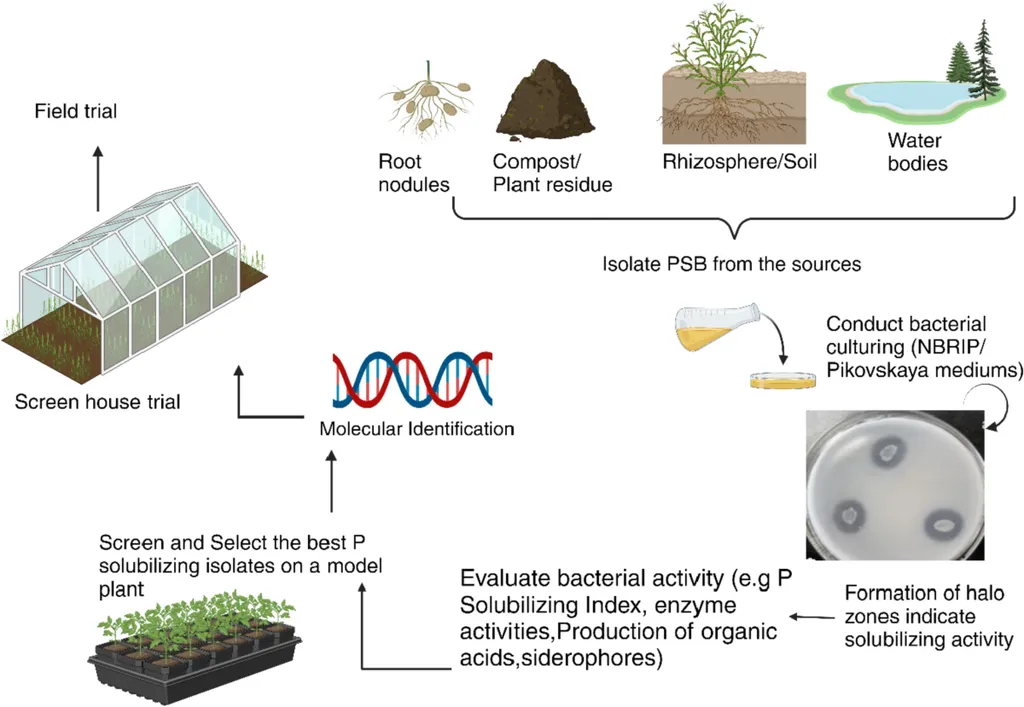In the heart of China’s tropical agriculture, a groundbreaking study is reshaping our understanding of soil health and microbial dynamics, with potential ripples extending into the energy sector. Muhammad Zeeshan Ul Haq, a researcher at the School of Breeding and Multiplication (Sanya Institute of Breeding and Multiplication) and the School of Tropical Agriculture and Forestry at Hainan University, has unveiled a novel approach to tackling the age-old problem of continuous cropping (CC) challenges. His work, published in the journal *Ecotoxicology and Environmental Safety* (translated as “生态毒理学与环境安全”), is shedding light on the intricate interplay between plants, soil, and microbes, offering a beacon of hope for sustainable agriculture and beyond.
Continuous cropping, a practice often employed to maximize land use, can lead to soil degradation, yield decline, and microbial imbalances. However, the mechanisms underlying these impacts on Pogostemon cablin, a valuable medicinal plant, have remained shrouded in mystery. Ul Haq’s research employs ¹³C stable isotope labeling to trace microbial shifts and decomposition of organic matter within the plant-soil-microbe interface, providing a unprecedented glimpse into this complex ecosystem.
The study reveals that continuous cropping significantly alleviates plant growth and soil multifunctional index. “We observed that CC enhanced the levels of available phosphorus, available potassium, total nitrogen, and soil organic carbon while leading to a decline in pH, water holding capacity, and total potassium over the years,” Ul Haq explains. This finding underscores the delicate balance of soil nutrients and the potential for CC to disrupt this equilibrium.
Yet, the story doesn’t end with degradation. The ¹³C-labeled bacteriome under CC obstacles revealed a silver lining: enhanced microbial diversity and community composition. “A diverse microbial community plays a pivotal role in promoting ecosystem resilience, nutrient cycling, disease suppression, and overall soil health,” Ul Haq notes. Specific taxa, including Escherichia coli, Comamonadaceae, Planococcaceae, and Gaiella, were identified as key contributors to these improvements.
The implications of this research extend far beyond the field. In the energy sector, where biomass is increasingly seen as a renewable resource, understanding and mitigating CC-induced soil challenges could enhance crop yields and sustainability. Moreover, the study’s use of ¹³C labeling to elucidate carbon turnover and microbial interactions opens new avenues for tracking and optimizing soil health in various agricultural and energy-related applications.
Ul Haq’s work also highlights the importance of inter-annual variations in rhizosphere bacteriomes under CC, demonstrating the dynamic nature of soil ecosystems. Functional predictions using FAPROTAX revealed increased microbial processes such as nitrogen fixation, aromatic compound degradation, and nitrate respiration under ¹³C-labeled conditions. These findings not only advance our understanding of soil microbiology but also pave the way for innovative strategies to combat CC-induced soil degradation.
As we grapple with the challenges of climate change and the need for sustainable energy sources, Ul Haq’s research offers a timely reminder of the intricate web of life beneath our feet. By unraveling the mysteries of the soil microbiome, we can unlock new possibilities for agriculture, energy, and environmental stewardship. The journey towards sustainable agriculture and a greener future starts with a single step—or in this case, a single microbe.

